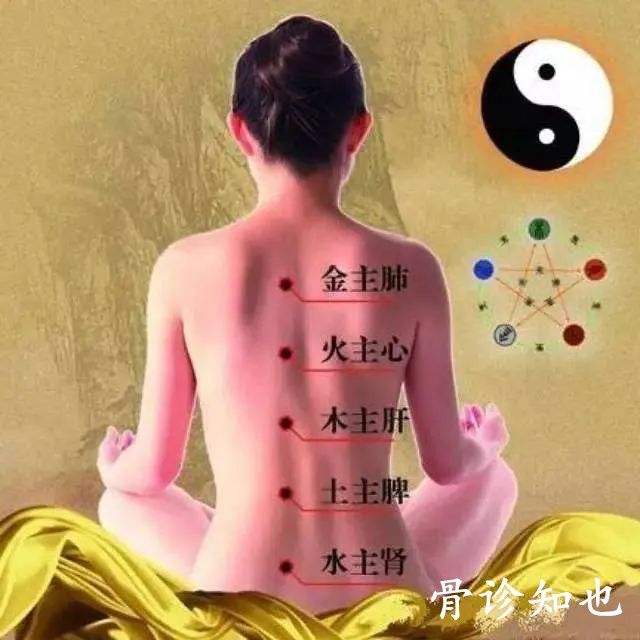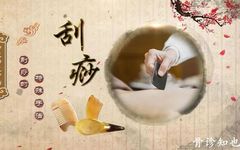Follow us for daily free access to exciting health articles!
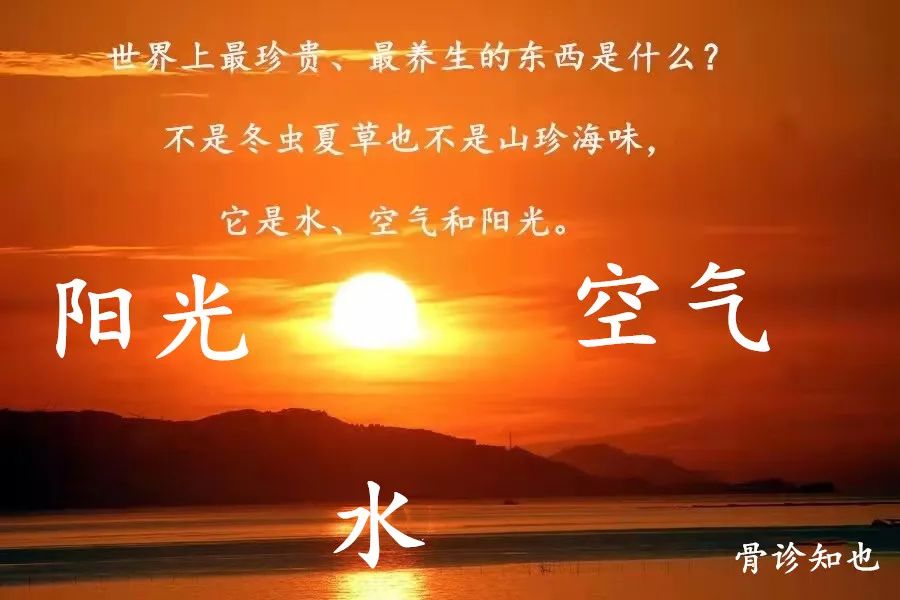
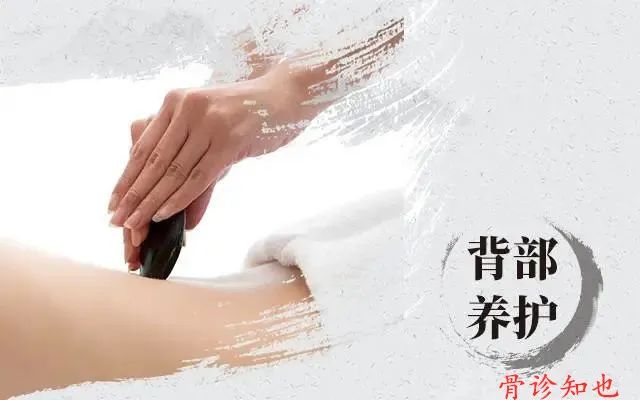
Gua Sha is guided by the theory of meridians and acupoints in Traditional Chinese Medicine (TCM). It involves the use of specialized Gua Sha tools and corresponding techniques, applying a certain medium to repeatedly scrape and rub the skin surface, resulting in localized changes such as red millet-like spots or dark red bleeding points, known as “sha”. This process aims to invigorate blood circulation and release “sha”. Due to its simplicity, convenience, low cost, and effectiveness, Gua Sha is widely used in clinical practice and home healthcare. It can also be combined with acupuncture, cupping, and bloodletting techniques to enhance the effects of invigorating blood circulation, dispelling pathogens, and detoxifying.
Many people wonder whether Gua Sha is scientific. In fact, Gua Sha is scientific.
I am not saying that Gua Sha is unscientific; I am merely stating that treating diseases has no direct connection to science. Can science cure diseases? Can science relieve pain? These are medical matters, and science is not medicine. Not everything studied by scientists is scientific; is religion scientific? Psychologists study it. Can you say a bird is scientific? A flower is scientific? The methods and processes of research are what constitute science.
The question of whether something is scientific has no bearing on its ability to treat diseases. Novels are not scientific, yet you still read them. Love is not scientific, yet you still engage in it. Why is it that when it comes to Gua Sha, it is deemed unscientific, and you refrain from using it for treatment?
1. “Sha” is the “stagnation” in the qi and blood of the meridians, commonly referred to as “sha toxin”.
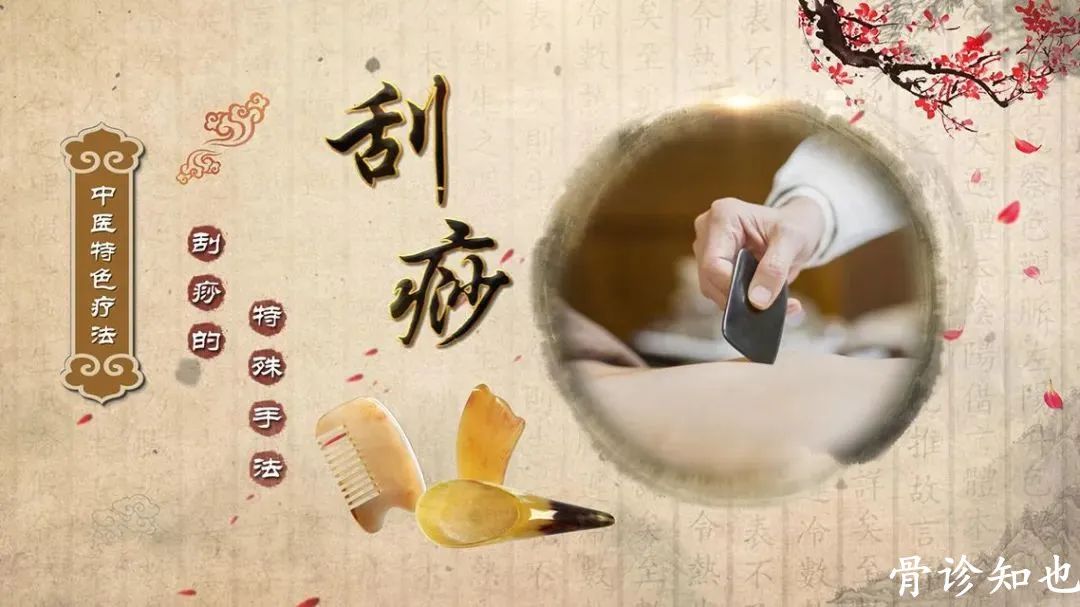
“Sha” refers to the “stagnation” in the qi and blood of the meridians, commonly known as “sha toxin”. It obstructs the flow of qi and blood, hinders the exchange of nutrients and metabolic waste, and can lead to pathological changes in tissues and organs. Therefore, TCM states that “all diseases can manifest as sha”. Clinically, the red and purple spots or patches scraped from the patient’s skin using specialized Gua Sha tools are referred to as sha.
“Sha” is a harmful toxin that contributes to various diseases and accelerates the aging process of the body. It can also be described as stagnant blood and pathological products separated from the microcirculation.
2. What is the difference between “sha” and bruises?
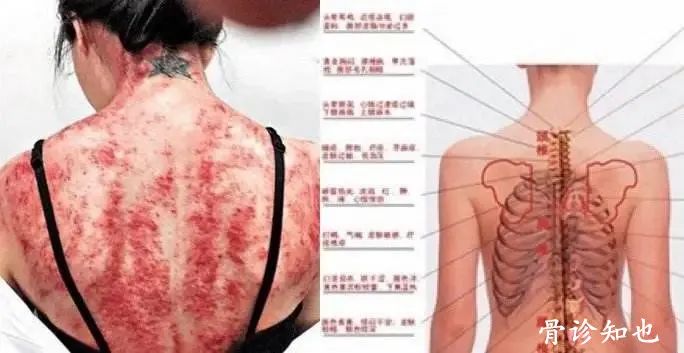
On the surface, sha and ordinary bruises appear similar. However, upon closer examination, there are essential differences between the two. For instance, in daily life, we often see someone who accidentally falls and develops a bruise under the skin, or blood oozes from the skin, followed by severe pain and limited movement. In the areas where we perform Gua Sha, similar bruised spots or patches may appear, but the opposite phenomenon occurs: the previously painful and immobile area experiences reduced pain or even complete relief, allowing for free movement. Upon further observation, we find:
1) Blood from sports injuries is bright red, while the sha scraped out is mostly dark red or purple, even bluish-black.
2) Through extensive Gua Sha practice, we have observed that the color, shape, and location of sha vary with different diseases.
As sha is expelled, both mild and severe conditions improve, with some even fully recovering, especially in cases of painful diseases where the effects are more pronounced. The changes before and after Gua Sha and the patterns of sha demonstrate that sha is fundamentally different from ordinary bruises.
3. Why can “sha” be scraped from diseased areas and along meridian lines, but not from normal areas?
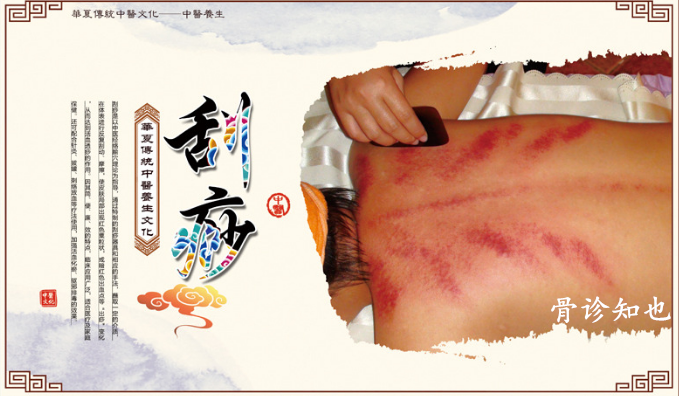
When the metabolism of tissues and organs is disordered and normal material exchange cannot occur, pathological products and metabolic waste lead to microcirculation disturbances. The entrance of microcirculation spasms due to stimulation, preventing arterial blood from delivering oxygen and nutrients to the area. Similarly, the exit of microcirculation will self-protectively close to prevent the spread of pathogenic substances, resulting in stagnation and capillary permeability disorders.
When the Gua Sha tool repeatedly scrapes this area, the capillaries in the microcirculation will undergo a strong contraction and relaxation response, expelling pathogenic substances along with red blood cells, leading to the formation of subcutaneous bruising, which is the appearance of “sha”.
Gua Sha stimulates the body to produce antibodies in an antigen-like manner, activating the immune system and playing an important role in disease resistance.
This explains why healthy individuals do not produce “sha” after scraping, while those who feel well but have latent diseases do produce sha after scraping. Thus, the appearance of sha on the skin or subcutaneous tissue after scraping is a characteristic of Gua Sha therapy and a reason for its immediate effectiveness.
4. “Sha” is blood that seeps outside the blood vessels and contains toxins from within the body.
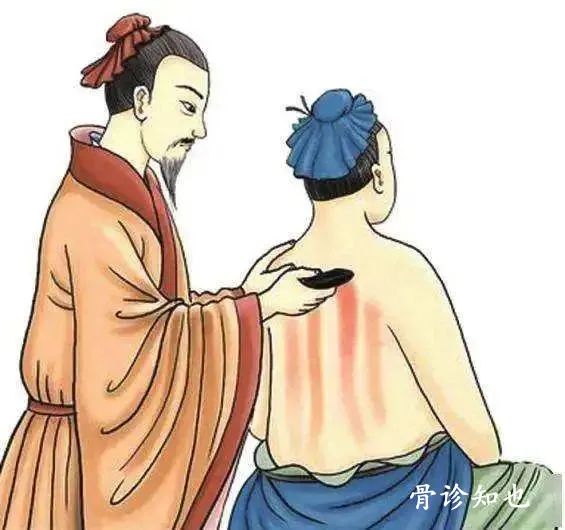
A healthy body has normal organ function and metabolism. If metabolic products accumulate, it indicates metabolic dysfunction. These pathological products lead to cellular hypoxia and aging, causing capillary permeability disorders. Pathological products are harmful internal toxins that disrupt the relative stability of the internal environment, making it unclean. When scraping in areas containing internal toxins, the pressure from the scraping tool can cause capillaries to rupture, allowing blood containing internal toxins to seep out.
Due to the skin’s barrier function, this blood that seeps outside the capillaries and exists in the interstitial tissue beneath the skin is referred to as “sha”.
The red, purple, dark green, or bluish-black spots and patches that appear after scraping are actually blood that seeps outside the blood vessels and contains toxins from within the body.
5. The relationship between internal toxins and diseases.
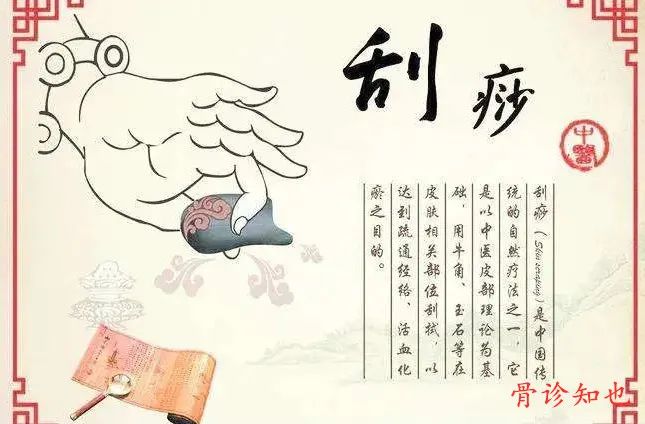
The body’s metabolic products are usually expelled through respiration, sweat, and urine. When metabolic products cannot be eliminated through normal channels and remain in the body for too long, they form harmful internal toxins.
These internal toxins include bacteria, viruses, and their metabolic products, as well as oxygen free radicals and other reactive substances generated during cellular metabolism that harm cells. Internal toxins pollute the internal environment, causing stagnation in the qi and blood of the meridians, leading to cellular hypoxia and aging. Internal toxins are both a result of pathological changes and an important cause of disease progression.
By expelling sha, we can effectively eliminate internal toxins, replenish oxygen, dispel stagnation, activate cells, and enhance metabolism. The color and shape of sha are related to the amount of internal toxins present. The longer the hypoxia in the affected area, the more severe the microcirculation disturbance, and the denser the sha. The deeper the internal toxins, the deeper the sha. The larger the area of microcirculation disturbance, the larger the area of sha.
When there are fewer internal toxins, the sha is lighter in color and more dispersed. In areas without internal toxins, microcirculation and capillary permeability are normal, and no sha will appear regardless of how much scraping is done. Any area that produces sha indicates resistance to the scraping, suggesting poor permeability and obstruction in the meridians.
6. The areas where sha is scraped are all sites of microcirculation disturbance.
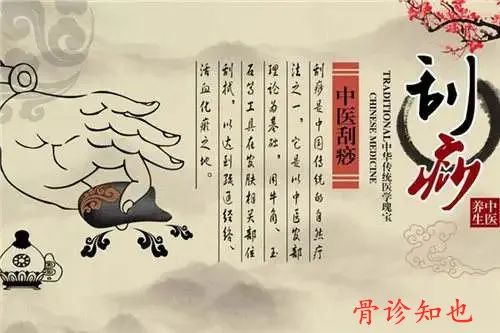
The areas where sha is scraped are all sites of microcirculation disturbance, and the color of sha varies depending on the amount of toxins present. The expulsion of sha improves microcirculation, alleviating stagnation in the capillaries, allowing qi and blood to flow freely, which prevents pain. The expulsion of sha restores normal capillary permeability, and combined with the contraction response of blood vessels, the amount of blood expelled during sha is minimal, causing only slight pressure on nerve tissues. Therefore, the expulsion of sha has therapeutic and health-preserving effects. As long as the scraping technique is correct, no new pain will arise after scraping.
When the condition is more severe and there are excessive internal toxins, there may be slight tenderness in the scraped area without affecting movement. Moreover, this tenderness usually disappears within 1-2 days. Thus, the areas where sha is expelled are all sites of microcirculation disturbance.
7. Why do some people with severe illness have little sha, while others have almost no sha after scraping, yet the illness is not fully resolved?
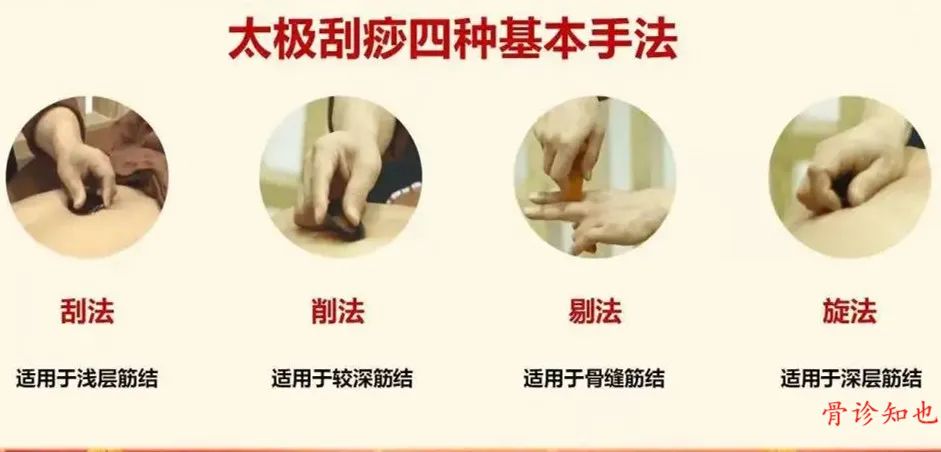
There are differences between the pathological changes of blood stasis and ischemic disturbances in microcirculation. Blood stagnation leads to slow blood flow, resulting in cellular hypoxia and increased internal toxins, causing capillary permeability disorders, which is known as blood stasis microcirculation disturbance.
Ischemic microcirculation disturbance occurs when arterial blood flow is reduced, leading to insufficient tissue perfusion, or when changes in blood cell quantity or quality result in insufficient nutrients in the blood, causing cellular ischemia and hypoxia. Ischemic microcirculation disturbance also leads to cellular hypoxia, but there are not many internal toxins, and capillary permeability is normal.
Although both are microcirculation disturbances, the pathological changes differ, leading to different manifestations after scraping. In blood stasis microcirculation disturbance, capillary permeability is disordered, resulting in rapid sha production after scraping, effectively improving microcirculation. In ischemic microcirculation disturbance, capillary permeability is normal, and no sha is produced after scraping.
However, the stimulation during scraping accelerates blood flow and increases blood volume, effectively improving microcirculation. This explains why some individuals may have severe illnesses but produce little sha.
Individuals with blood stasis microcirculation disturbance may have weak constitutions, and after scraping, they quickly produce sha, expelling internal toxins. Although this alleviates blood stasis microcirculation disturbance, symptoms may persist due to insufficient blood flow or nutrient content, leading to ischemic microcirculation disturbance. Thus, while blood stasis may be removed, tissues and cells may still experience varying degrees of hypoxia.
This is why some patients may have little sha after scraping, yet their illness is not fully resolved. Such patients are often those with a mix of deficiency and excess, as described in TCM. After scraping, the pathogenic factors may be expelled, but the vital energy has not yet been replenished, so the illness remains unresolved. It is necessary to supplement and support the vital energy to gradually improve tissue perfusion and resolve the hypoxia to achieve healing.
Regardless of whether it is blood stasis or ischemic microcirculation disturbance, the stimulation of acupoints and reflex zones through Gua Sha can help to unblock the meridians and regulate the organs.
8. Where does the sha go after being scraped? What is the role of the sha regression process?
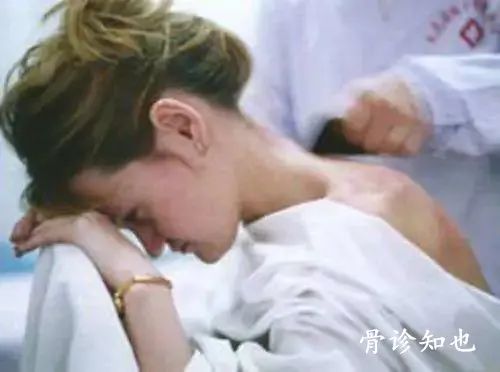
The color of the sha gradually fades and eventually disappears. This process does not mean that toxins are absorbed by the body; rather, it is the process by which immune cells in the body decompose and expel the toxins.
The blood, lymph, and interstitial fluids in the body contain various defense factors that can recognize and eliminate foreign substances, i.e., abnormal or foreign tissues. Lymphocytes in the immune system and phagocytic cells in the blood have this function; they neutralize, engulf, and decompose recognized foreign substances through complex biochemical processes, expelling them through various pathways, thus purifying the internal environment and acting as the body’s janitors.
The sha that appears during scraping is blood that seeps outside the blood vessels and exists between tissues, beneath the skin. Once recognized by the immune cells, these foreign substances are neutralized and expelled through respiration, sweat, and urine. When the activity of lymphocytes and phagocytic cells in the body is normal, the sha regresses quickly; otherwise, it regresses slowly.
Regular Gua Sha enhances the body’s ability to clear foreign substances, effectively and rapidly eliminating pathological products. Modern medicine believes that the process of clearing harmful foreign substances from the body can stimulate the immune system, enhancing the body’s stress response and tissue repair capabilities. Therefore, in addition to the immediate effects of improving circulation and unblocking the meridians, the regression of sha is essentially a form of autologous serum antigen therapy that enhances the body’s ability to clear foreign substances and boosts immune function. This is another benefit of Gua Sha, also known as the post-effect of Gua Sha.
Preventive Health Care
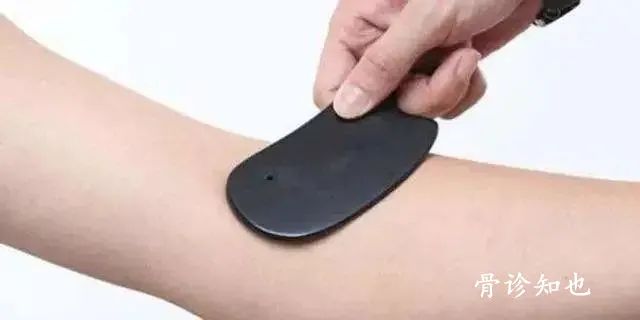
1. Gua Sha Therapy for Colds
Using acupoints (Fengchi, Taiyang, Dazhui, Fengmen, Feishu, Jiajiao, etc.), apply Gua Sha by rubbing red flower oil or Wan Hua oil on the local skin. The practitioner should hold the Gua Sha board firmly and scrape from top to bottom with even and gentle force, repeating on painful areas. Each treatment lasts about 15 minutes. After scraping out sha, provide warm water or ginger juice with sugar to induce sweating and release the exterior. Treatment should be done once every other day.
2. Gua Sha Therapy for Melasma
First, clean the skin, then evenly apply moisturizing lotion. Using a facial Gua Sha board, scrape from the center of the face outward along the muscle fibers or in the direction of the bone structure in a single direction, starting from the forehead, around the eyes, cheeks, mouth, nose, and jaw. Apply more pressure and slower speed on areas with pigmentation or pain. Then, massage the Taiyang, Yintang, Yingxiang, Qianliao, Chengqi, Sibai, Chengjiang, Daying, and the areas with melasma. The scraping speed should be slow and gentle, with even and steady pressure, aiming for skin redness without requiring sha to appear. This should be done twice a week for a four-week course.
